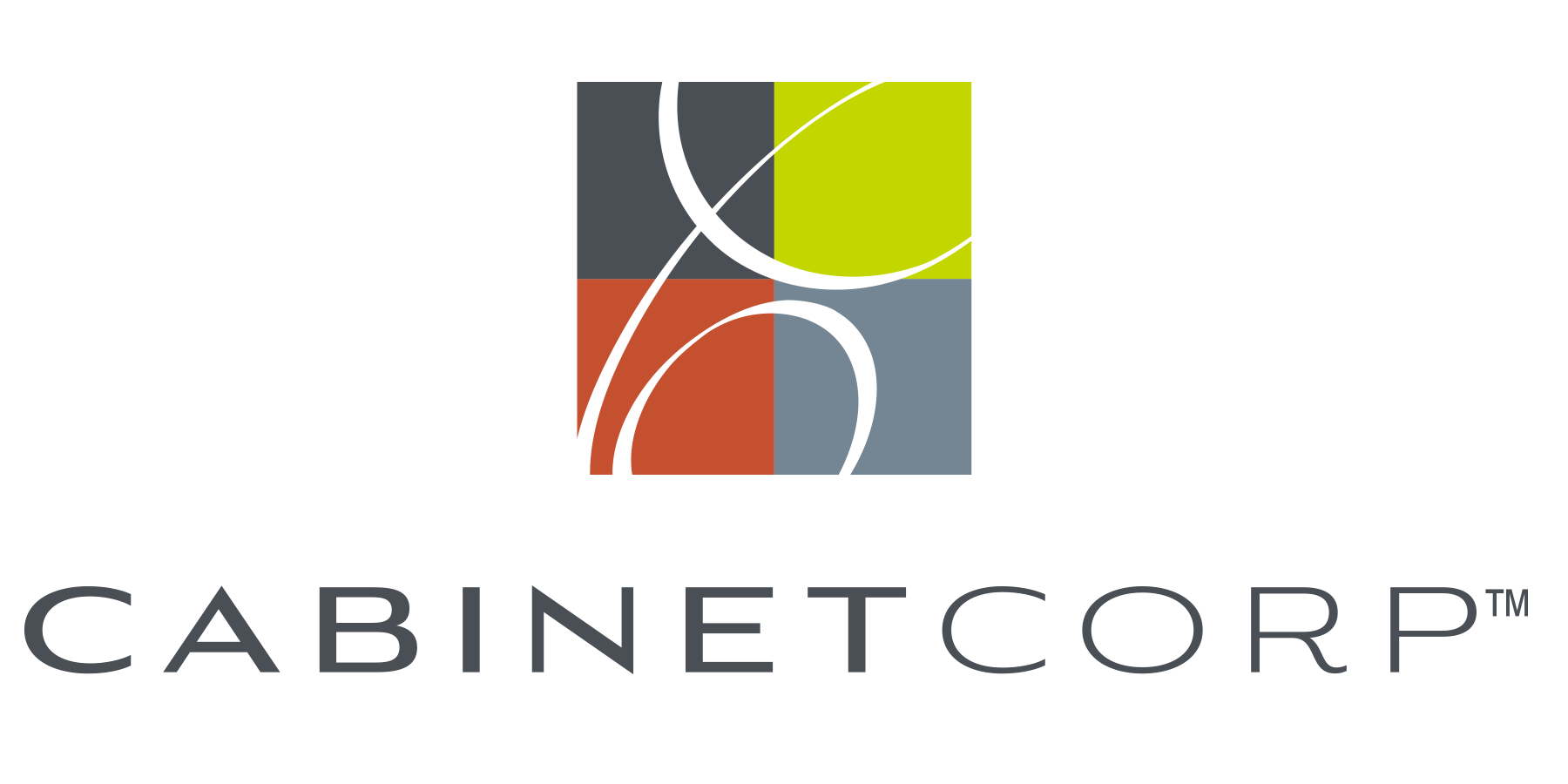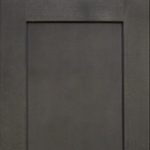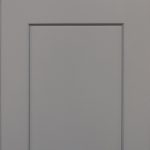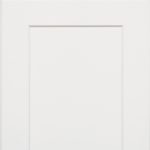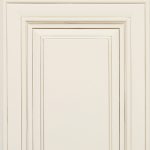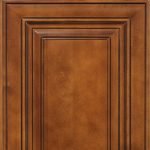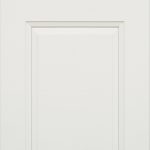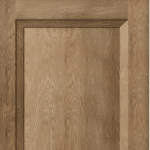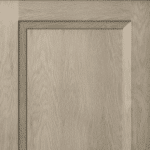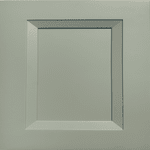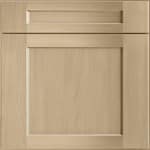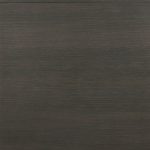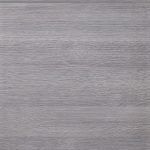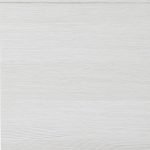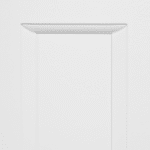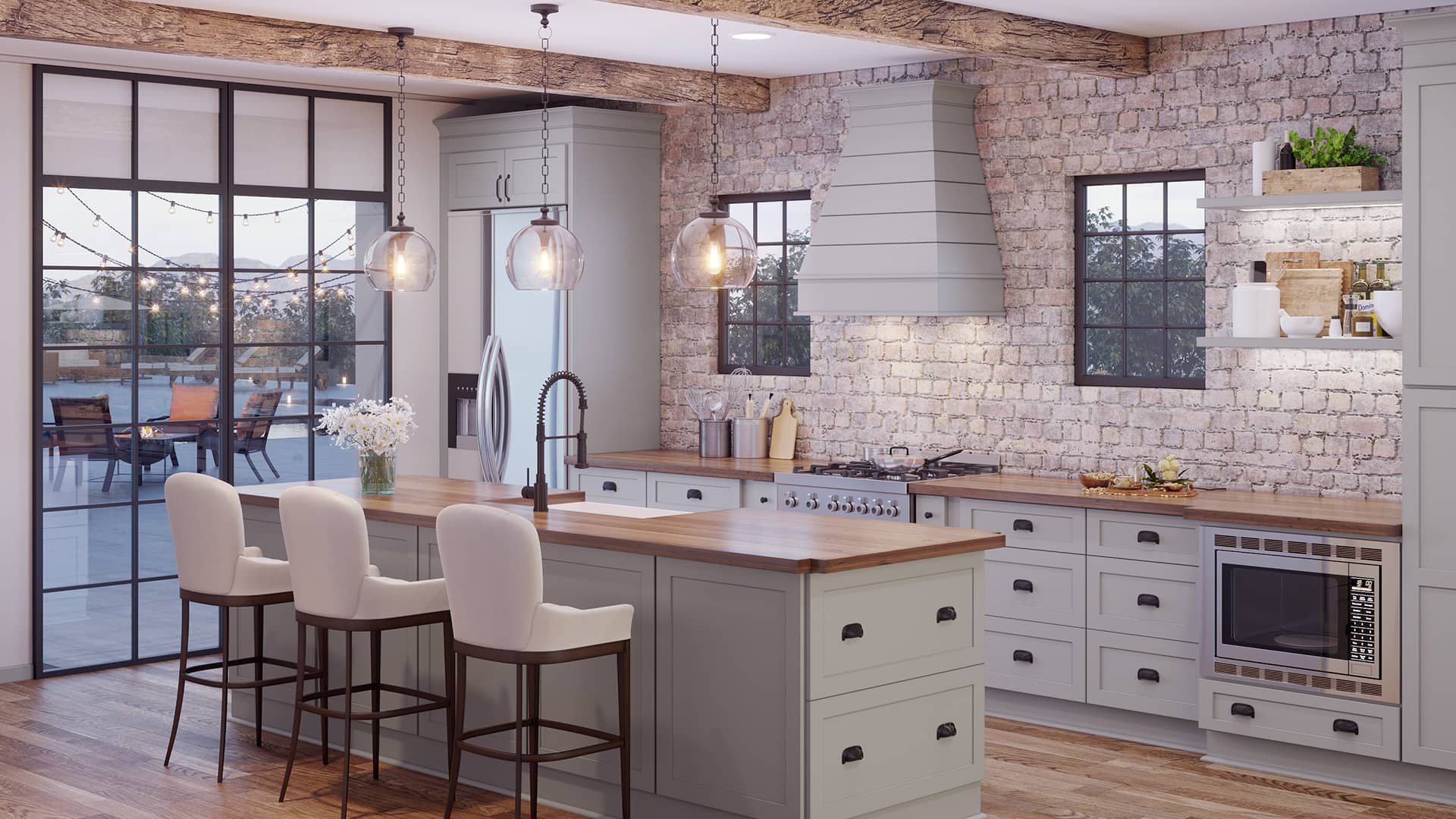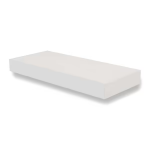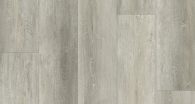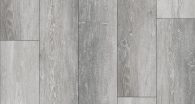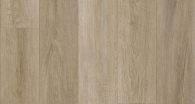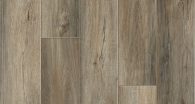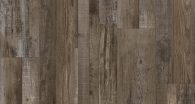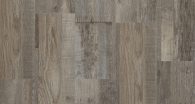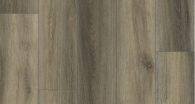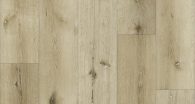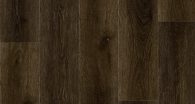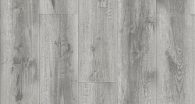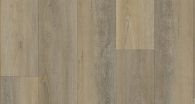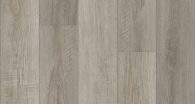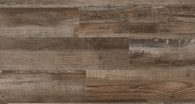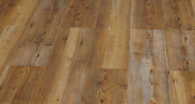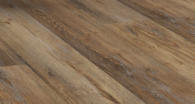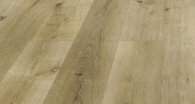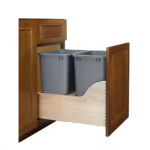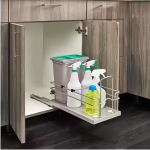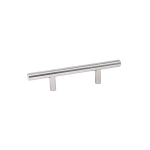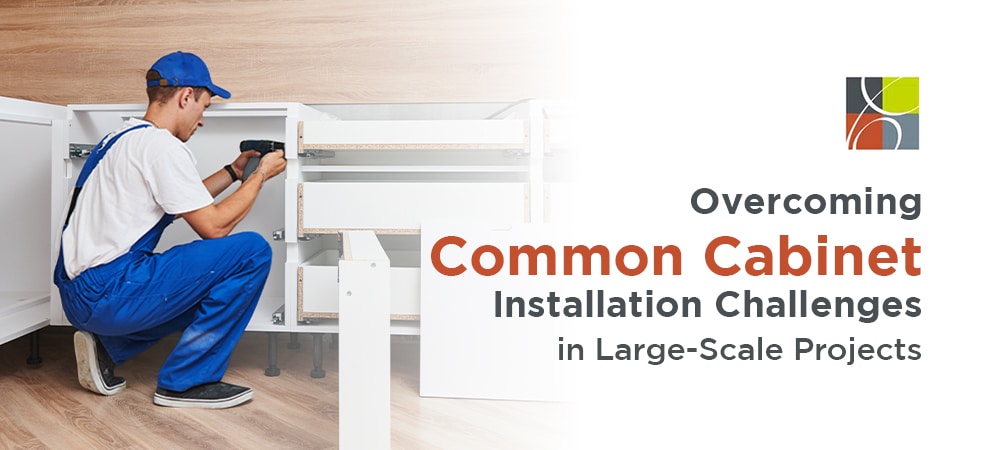As we approach 2025, the demand for cabinet installations continues to rise. However, industry professionals are grappling with longer lead times, a challenge that has persisted over the past few years. According to recent studies, the average waiting period has increased by 10-15% compared to 2023.
However, by adopting strategies to streamline these delays, builders and contractors can guarantee smoother installation processes. This guide will outline practical steps to reduce delays and boost project efficiency.
Understanding the Challenges Behind Longer Lead Times
- Supply Chain Disruptions
Interruptions continue to be a significant factor affecting lead times. 70% of builders reported delays in obtaining raw materials and critical components for cabinet manufacturing. These blocks often stem from issues like limited availability of timber and hardware.
- Labor Shortages
Labor deficits remain a persistent, urgent issue within the construction and cabinet manufacturing industries. 60% of builders consider labor shortages a primary contributor to this issue. The scarcity of skilled labor affects both the production and installation phases. Skilled labor shortages impact the efficiency of cabinet manufacturing, assembly, and installation, contributing to project delays.
- Rising Material Costs
Material costs for cabinets have risen by 8-12% in 2024, worsening the problem. Higher material costs cause delays in production schedules and longer wait times for cabinets. The combination of higher costs and supply chain delays creates a vicious cycle that pushes back cabinet installation.
- Heightened Demand
Pros are dealing with a significant backlog of orders because of the higher demand for cabinet installations. 75% of companies have faced increased demand and supply chain disruptions. This surge often overwhelms supply chains, leading to longer lead times and backlogged project schedules.
- Inventory Management Difficulties
Inventory management difficulties further exacerbate these challenges. 65% of builders reported needing help managing inventory adequately. Stocking too many or too few cabinets causes lags. Poor inventory practices disrupt the flow of cabinet supplies, contributing to longer arrangements and project slackness.
Strategies to Optimize Lead Times for Cabinet Installations
1. Pre-Order Cabinets 6-9 Months in Advance
One of the most useful strategies for reducing lead times is pre-ordering cabinets 6-9 months in advance. This proactive approach empowers leaders, cutting lead times by up to 25%. Early pre-ordering also allows suppliers to adjust their production schedules to meet expected demand.
2. Partner with Trusted Suppliers
Building strong partnerships with cabinet suppliers, like CabinetCorp, leads to 10-20% shorter lead times. Establishing reliable relationships with suppliers assures smoother logistics, better communication, and more predictable timelines.
Additional Tip: Negotiate priority status with suppliers for critical projects to further reduce lead times.
3. Embrace Inventory Optimization
Effective inventory management practices are necessary to shortening delivery times and mitigating issues. Builders should adopt inventory management systems that enable real-time tracking, predictive ordering, and efficient stock level adjustments. By monitoring inventory closely using technology, pros can avoid overstocking or running out of essential materials.
4. Leverage Technology and 3D Visualization
Advanced 3D design tools streamline cabinet planning, reducing revisions and delays. These tools allow for more accurate design planning, fewer errors and faster approvals. 3D visualization helps eliminate guesswork and confusion, guaranteeing smoother transitions from design to production.
5. Monitor Demand and Adjust Budgets
Proactively track market trends and monitor project timelines to anticipate demand fluctuations. Builders can adjust budgets and allocate resources more adequately by staying informed about the latest industry insights. This approach guarantees you are ready for any potential cabinet production and installation setbacks.
6. Streamline Communication Across Teams
Effective communication between all parties involved in cabinet installation is crucial. Suspensions often happen when builders, designers, and suppliers fail to align. Regular updates and clear project timelines help prevent confusion and ensure everyone stays on track.
Communication Tip: Use project management software to centralize communications and provide real-time progress updates.
7. Focus on Modular Cabinets
Modular cabinets can significantly cut down installation times as they are pre-manufactured and easier to assemble. This minimizes on-site labor needs and lessens delays caused by custom fabrication.
8. Prioritize Local Sourcing
Local sourcing cuts transportation delays, speeds up responses, strengthens community ties, and boosts the local economy. This is a win-win situation for everyone!
Examples of Successful Lead Time Optimization
- Pre-Ordering for Efficiency – A mid-sized construction firm in Chicago adopted a strategy of pre-ordering cabinets 9 months before project deadlines. The firm’s clients were delighted, leading to more referrals.
- Leveraging Technology – A builder in Texas integrated 3D visualization tools and an inventory management system into their workflow. This dual approach reduced revisions and cut material procurement time considerably. The builder was able to meet tight deadlines and expand their client base!
Partner with CabinetCorp for Your 2025 Projects
Avoiding common kitchen design mistakes is important, but working with trusted experts is essential. CabinetCorp offers free kitchen design services to assure your clients receive the best. With a vast inventory, personalized options, and a dedicated team, CabinetCorp is your partner for success.
Final Thoughts
The rise in lead times for cabinet installations in Q1 2025 poses a significant hurdle. However, by implementing the strategies outlined in this guide, you can shorten lead times and boost productivity. Together, we can overcome these challenges and improve the efficiency of our industry.


